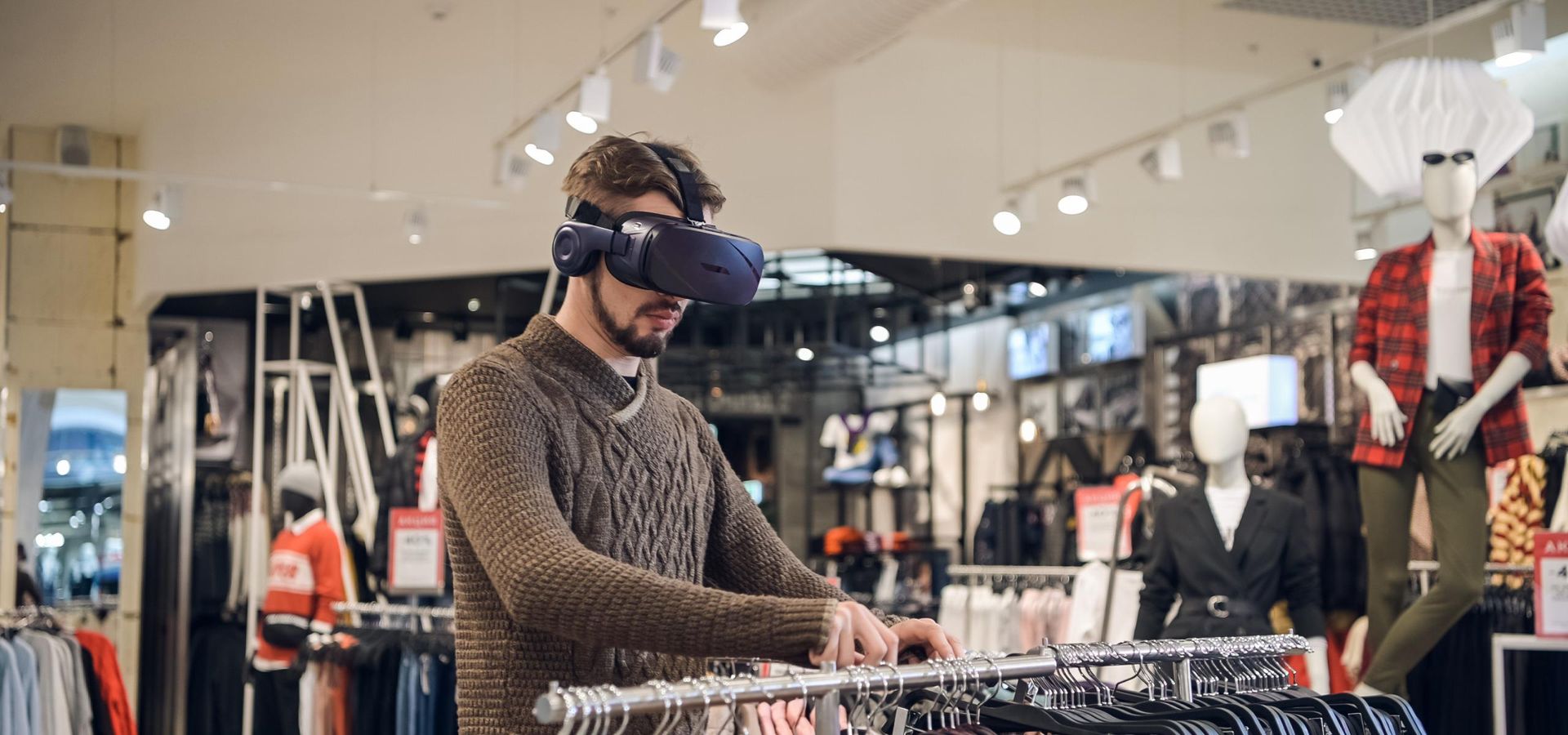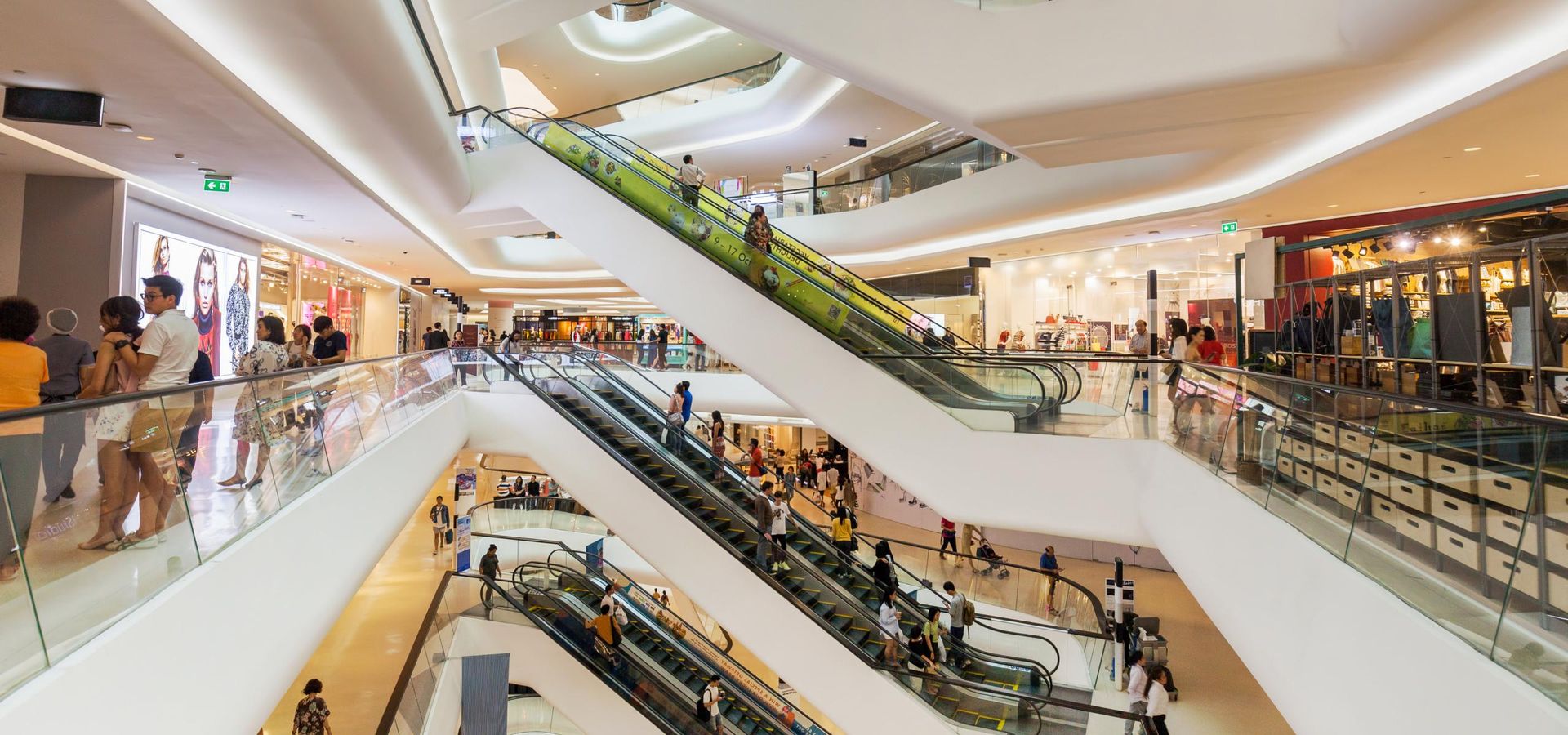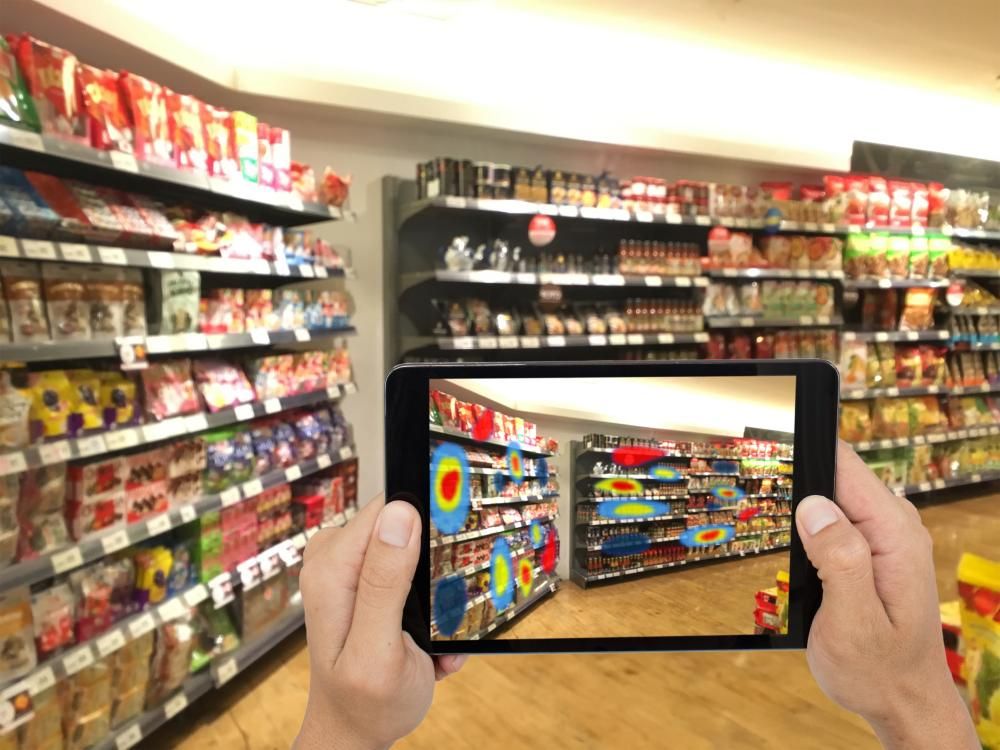
Virtual reality in retail: 11 use cases, benefits, and adoption practices
August 29, 2023
Enterprises initiating retail software development incorporate VR in their projects to build a profound emotional connection with a customer, increasing their loyalty and trust. Below, we break down the concept of VR in retail and provide its use cases, examples, and business benefits.
VR in retail: a market overview
Virtual reality is becoming more widespread across many industries, and retail is no exception. Here are some numbers and facts that highlight the emergence of VR in retail.
Growth
The global VR in retail market is projected to reach $5.455 billion by 2028, growing at a СAGR of 13.82% from 2022-2028
Valuates Reports
Usage
32% of consumers used VR to test and purchase products; 19% used VR to buy luxury goods
PwC Research
Customer preferences
Almost 60% of consumers prefer at least one activity in the immersive world versus the physical alternative
McKinsey
Virtual reality shopping
79% of consumers active on the metaverse have purchased real-world products there
McKinsey
Base: all respondents (9,069); those who have used VR in the last six months (2,878)
Data source: PwC Research — Consumers respond to waves of disruption, 2022
Extended reality in retail: VR + AR
Virtual reality
Augmented reality
Mixed reality
Adopt VR and stand out
Top 11 VR/AR use cases in retail
Here are the main applications of immersive technology in the retail industry, some of which imply the combination of VR and AR.
VR-based advertising
VR merchandising
In-store navigation
Product information
Interactive packaging
Placement preview
VR payments
VR analytics
Employee training
Warehouse optimization
Examples of VR in retail
Let’s look at four VR use cases that have radically changed customers’ journeys and business workflows.
IKEA's Virtual-reality showrooms
Balenciaga's VR-powered promotions
Kellogg's virtual-reality merchandising
Walmart's virtual-reality employee training
Benefits of virtual reality in retail
Enhanced customer engagement
With VR, a retailer can deliver outstanding customer experiences beyond real-world capabilities, which is a competitive advantage. Retailers can also generate different types of interactive content to encourage customers to buy more or provide them with entertainment and leisure.
Improved business performance
VR and AR help retailers improve store performance and employee productivity. For instance, customers can use AR apps to quickly find product locations or check product info without turning to a human specialist. Meanwhile, physical store employees can focus on more critical tasks like marketing and in-person sales.
Advanced marketing capabilities
VR devices collect large amounts of data that help retailers get a clearer picture of their audience and better understand their behavior, especially if complemented with artificial intelligence. Therefore, VR technology enables various marketing techniques, such as virtual advertising, which helps retailers run effective and engaging marketing campaigns.
More sources of income
Virtual or augmented reality can bring an additional sales and revenue channel. Since the number of VR and AR users grows yearly, retailers can use immersive technologies to expand their customer bases, foster online sales, and ensure stable business growth.
Let us guide you through VR adoption
VR adoption barriers
VR adoption is also riddled with several challenges. Learn how to solve them and use VR as a viable tool for digital transformation in retail.
Challenge
Solution
Price
Price
The average VR project requires rigorous 3D modeling, experience design, software development, and thorough usability and performance testing. All these factors make VR projects quite costly.
An experienced end-to-end VR development provider can help you design and build a bespoke solution tailored to your needs and optimize the project costs in advance.
Technology unawareness
Technology unawareness
Another reason why retail businesses balk at adopting VR is customers’ unawareness of the technology. For example, customers, especially those who are not tech-savvy, may feel anxious about the hardware and VR-enabled experiences.
Education is the key to dispelling customers’ apprehensions. By providing a detailed demonstration of how to handle headsets and controllers and use all the features of a VR app in an engaging and accessible way, the brand can ease end-user concerns and ignite their interest in immersive experiences.
User experience
User experience
VR user experience is also a concern for retailers, as the technology is infamous for causing motion sickness and fatigue.
Retailers can provide short VR experiences, no longer than 20 minutes, to minimize fatigue risk.
Popular AR/VR technologies
When working on AR and VR projects, developers use specific technology for creating and providing immersive experiences.
ARKit and ARCore
ARKit and ARCore are software development kits (SDKs) developed by Apple and Google, respectively, for supporting augmented reality (AR) experiences on mobile devices. They are the default (and usually the best) starting point for AR development, which targets mobile platforms.
Cross-platform AR
There are also a couple of options available for those looking for cross-platform AR implementation.
Xamarin
Xamarin is a framework for cross-platform development for Android and iOS. It supports AR, among many other features, by delegating the implementation to ARKit and ARCore, respectively.
ViroReact
ViroReact is a library that enables developers to create and deliver AR and VR-based immersive experiences for ReactNative applications.
AR.js
AR.js is a lightweight library for augmented reality on the web, which includes features like image tracking, location-based AR, and marker tracking.
Advanced AR/VR engines
Unity
Developers often use Unity to create virtual reality features in mobile games and provide an immersive mobile retail experience. However, Unity's application range goes beyond mobile, as the engine works well with the most popular VR systems, such as HTC Vive, Oculus Rift, and Gear VR.
Unreal
Unreal engine allows developers to create realistic environments, detailed textures, and quality 3D graphics, making it ideal for realistic or hyperrealistic projects. Many VR systems, including SteamVR, HTC Vive, or Google VR, support Unreal.
VR implementation roadmap in retail business
1
Project design
Developers specify software requirements to plan a practical and future-proof VR solution.
2
3D content creation
VR simulation is just an empty shell without quality and engaging content, so developers proceed with its creation early on.
3
Moving from 3D to VR
Developers use ready-made 3D graphics to create a full-fledged virtual reality and add sounds and other environmental elements.
4
Testing and release
Finally, developers conduct multiple technical and user acceptance tests before releasing the VR solution to the market.
VR implementation best practices
Here are several professional recommendations to help retailers ensure successful VR adoption.
Calculating TCO
- Hardware cost
- Software development cost
- Data migration cost
- Ongoing maintenance cost
- Employee training cost
- Data management cost
Developing an MVP
Building a change management strategy
Consulting with virtual reality experts
Provide an outstanding customer experience with VR
The retail industry is no stranger to VR. Over the years, immersive applications have been making in-store and online shopping experiences fun and memorable, helping brands stand out and drive consumer loyalty. Although obstacles to VR adoption still exist, they are minimized due to the technology's advancement and growing expertise. So if you're ready to transform your retail business and offer a VR shopping experience to your customers, Itransition experts can ensure a smooth VR adoption.

Service
Retail software development services, solutions & tech stack
Learn how our retail software development company helps retailers and ecommerce businesses deliver great customer experiences through reliable software.

Insights
Ecommerce architecture: which one should you choose?
Selecting a suitable ecommerce architecture isn’t easy, so in this article we cover main ecommerce architecture types and provide tips on choosing between them.

Insights
Accelerating ecommerce growth with predictive analytics
In this article, we discuss how ecommerce companies can implement predictive analytics to boost customer loyalty, optimize operations, and increase profits.

Insights
Computer vision in retail: top 5 applications
We look into the most prominent use cases of computer vision in retail used by leading vendors to create personalized and convenient experience in their stores.

Case study
An AR app for interacting with celebrities
Learn how Itransition helped to develop an AR app for interacting with celebrities for iOS and Android.

Case study
BI platform with AI and computer vision for a fashion retailer
Learn how Itransition delivered retail BI and deployed an ML-based customer analytics solution now processing 10TB of data.